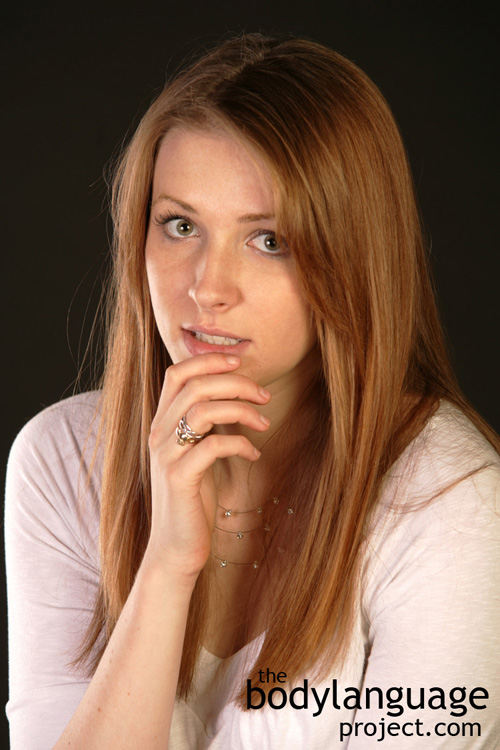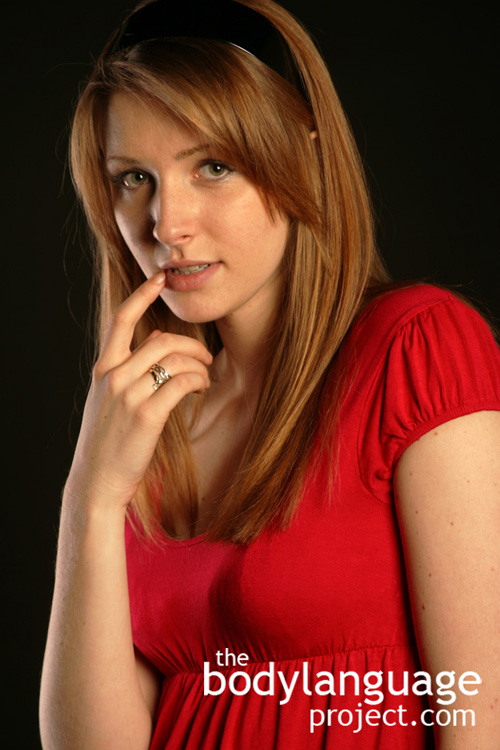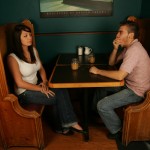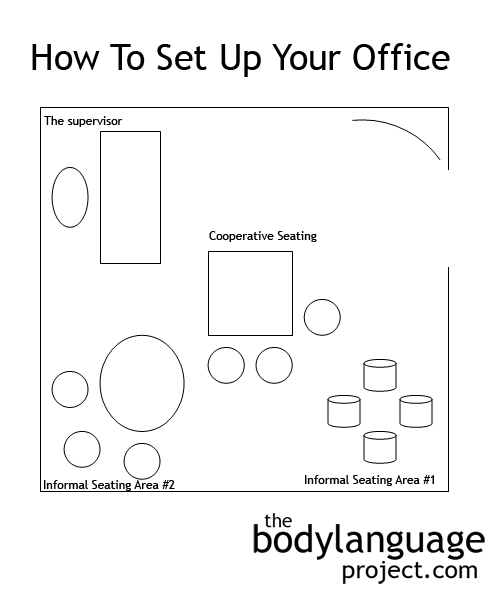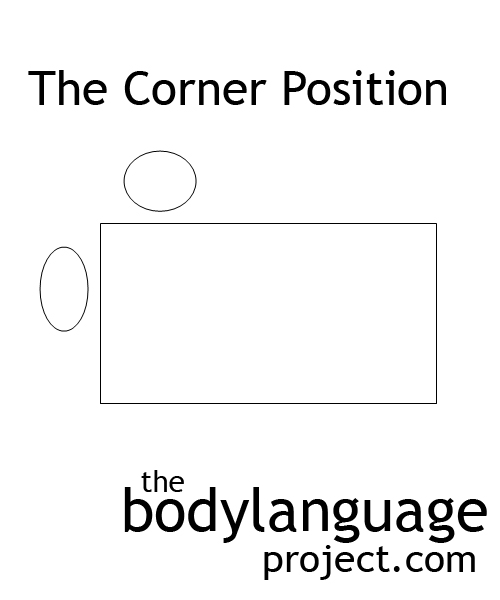The following is a sequence by which lying can be more effectively read as outlined by Joe Navarro in his book What everybody is saying. Navarro follows a more interrogative style which will work in some circumstances, but it limited in others.

When trying to read someone for truth-telling, have an open view of their body to be able to see any signs of comfort and discomfort as they may arise.
1. Get a clear unobstructed view of the person you wish to read so you don’t miss any pacifying behaviours. If possible put people in an open space.
2. Expect some nervous and stressful body language especially pacifying behaviours. People are expected to calm themselves at all times even when no lying is being done.
3. Expect initial nervousness. When someone is questioned they will feel tension regardless of their level of guilt.
4. If possible have the person you wish to read to first relax. With time everyone relaxes, even guilty people so if you can put off asking important questions or build rapport, do so.
5. Look to establish a baseline. This is especially important if you don’t know the person you are questioning all that well. Look for cues they use normally especially mannerisms and pacifiers.
6. As you begin questioning, watch for an increased use of pacifiers. This will be especially telling when they seem to increase dramatically during specific questions or when certain topics arise. When they arise, it will provide clues as to which information requires further investigation.
7. Pause frequently after asking questions. It is important to avoid putting out too many questions all at once because it will only serve to create stress. Give the person you are trying to read enough time to think and answer questions so as to avoid false positives.
8. Stay on task and maintain focus. When people feel stress they often want to change the subject matter or avoid questions. If a person gets the opportunity to change the subject their will emit fewer nonverbal tells of deception because when people speak they get to choose and control the topic.
9. Chatter is not truth. Listening to one side of the story often produces a bias and on the surface, the more we listen to people, the more we tend to trust and believe what they tell us. Advertising campaigns work through a similar mechanism as the more we hear the message, the more we think it to be true. Eventually, if we hear messages enough time, they work into our subconsciousness to become “ours”, they re-write our reality. When people present a huge amount of information about a topic, they appear to be telling the truth, however this is not always the case as even creative liars can go at lengths to produce elaborate and believable lies. It is not the amount of information provided that matters, but rather the accuracy of the information which can only come through verification of the facts.
10. Stress in and stress out. There are two times when stressful nonverbals are emitted, once when the question is asked which can appear like distancing behaviours such as arms and foot withdrawl and then again when pacifying is needed to calm. These come out as neck touching, stroking the hair and so forth.
11. Isolate the cause of stress. Is stress due to being asked stressful questions, or because someone is being interrogated. Not all stressful nonverbal language is due to lying and often people that are honest, show nervous language.
12. Pacifiers tell us a lot. Pacifying body language tells us when someone is stressed which tells us which scenarios, questions or information has created it. It therefore follows that pacifying cues tell us which areas require more thorough investigation.

